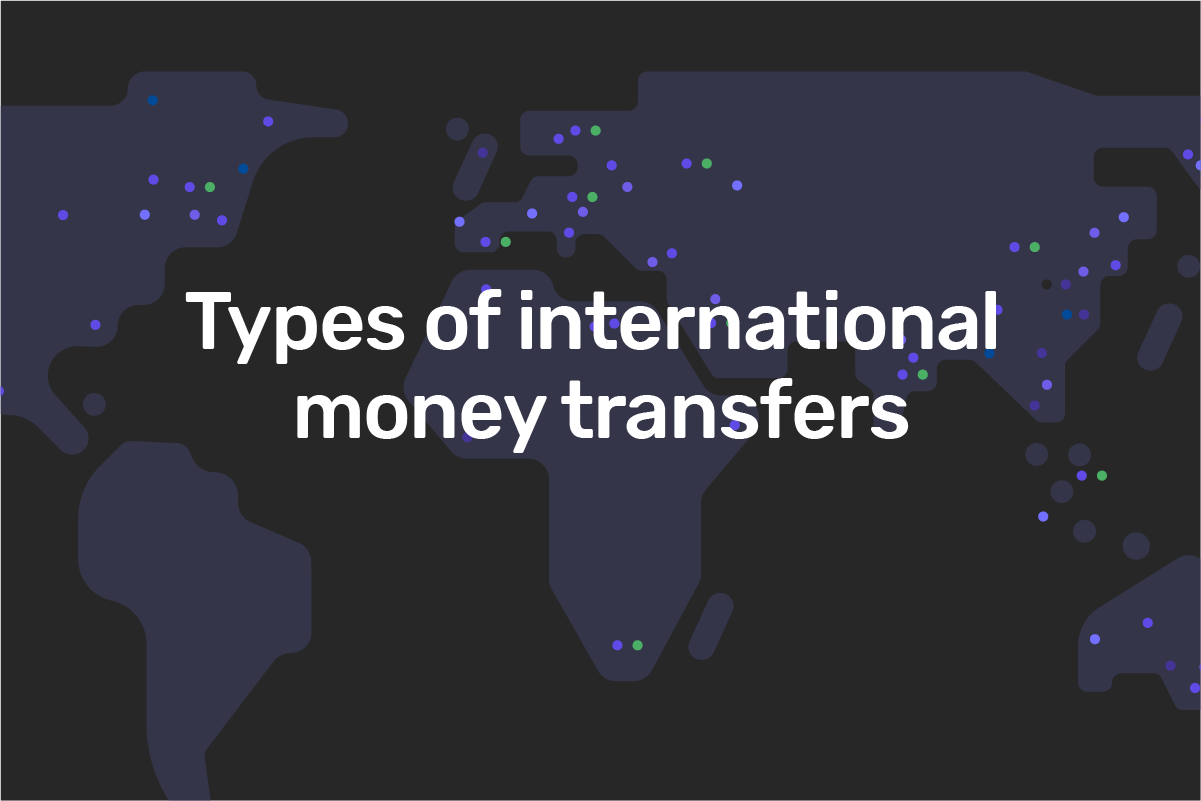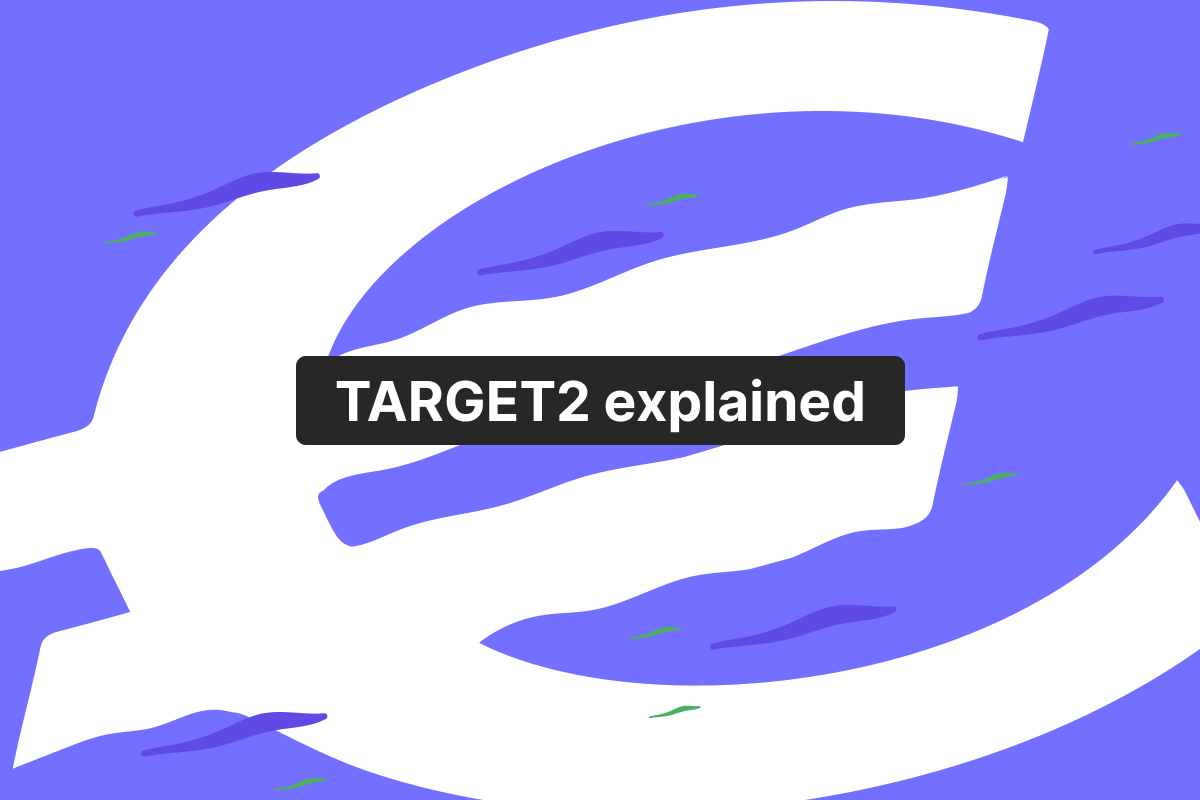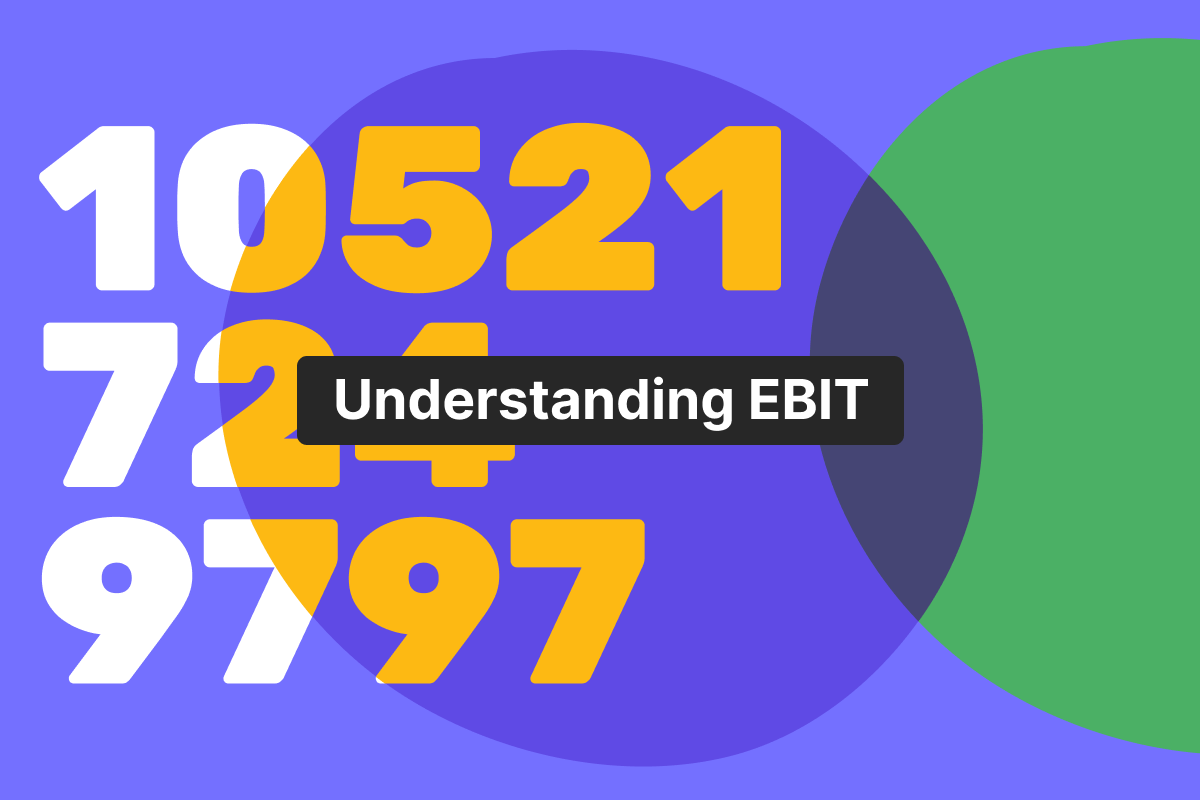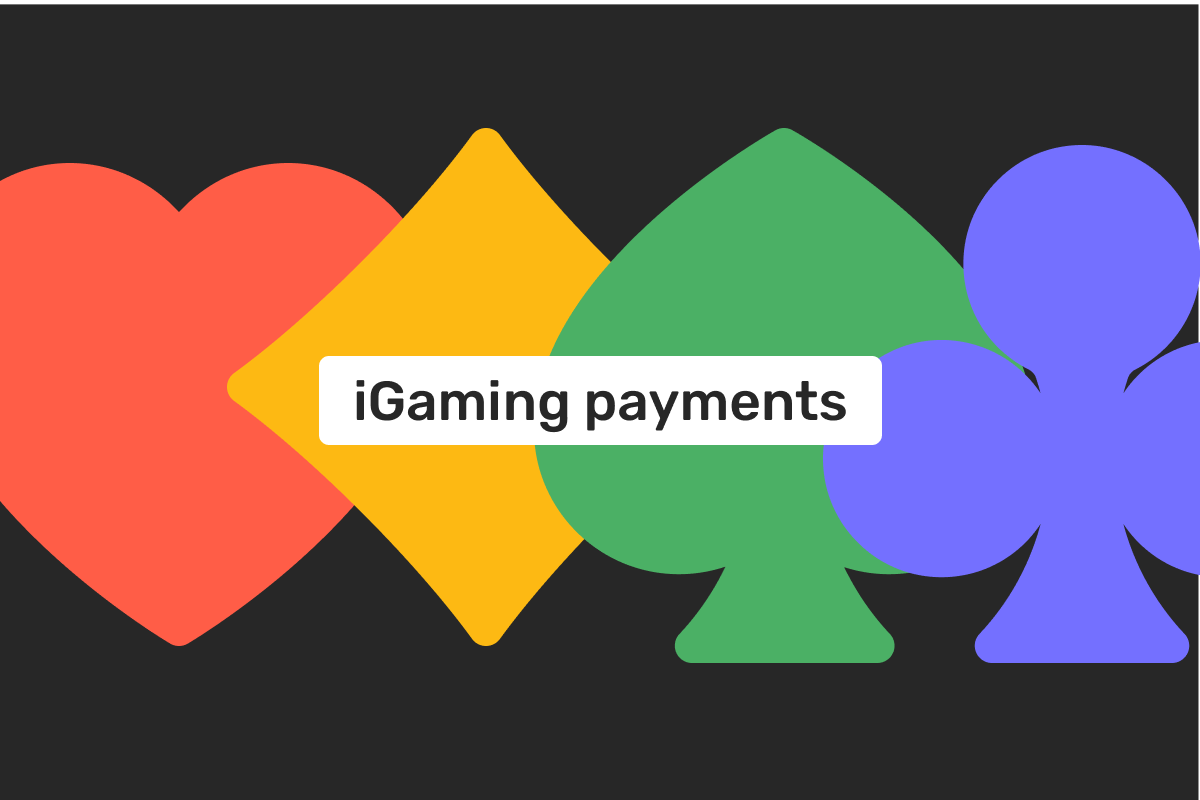Genome Blog / articles / How do international money transfers work
Aug. 19, 2020
The need to send money to another country might hit you anytime – both for your personal or business needs. Thus, knowing what to do in this situation is important, and Genome got you covered.
In this article, we will describe the best ways to transfer money internationally, so that you can understand which one is the most beneficial for you.
International transfer companies
If you or a person/business to whom you send the funds don’t have a bank account, you can use international wire transfer services. Companies that provide these have branches in some countries and allow you to send cash to another person or entity if they are located in the same place as one of the company’s branches.
Some companies offer to deliver money straight to the recipient’s door. Still, as you can imagine, visiting physical branches to send money might be time-consuming for both parties.
Other worldwide money transfer businesses operate online and you can send money through a mobile wallet or, ultimately, will need your bank account details to do so.
At the end of the day, both physical and online international transfer companies remain an option but problems can occur: money transfer limits, especially for cash, inability to send money to a specific country/region, high service fees, inconvenience with physical branches, too many details are required to make a transfer, like a person’s address for delivery, etc.
Hence, we recommend using a financial institution for international money transfers. For instance, Genome allows you to manage all your money online and from one dashboard. International money transfers are available for both personal and business needs, so if you need an account for that – you can use Genome’s detailed tutorials for opening a personal, a business, or a merchant account*. It’s easy and fast – the onboarding for a personal account takes minutes, and with our merchant account*, you will start accepting payments within 72 hours.
*Please note that Genome’s merchant services have been temporarily unavailable since September 2024.
Now that we’ve talked about international transfer companies, let us describe the most common ways to send money abroad using a bank account.
What is a SWIFT transfer?
The Society for Worldwide Interbank Financial Telecommunications (SWIFT) is a messaging network, using which the banks exchange information for performing operations like money transfers. Established in 1973, it is now the most common way to transfer funds abroad with over 200 territories using it. A SWIFT payment would be a transaction that goes through a SWIFT system and can be done in any currency this system supports.
How does a SWIFT transfer work?
It works like that: using the SWIFT code, the network sends payment orders between banking accounts to initiate the transfer.
The SWIFT codes are also known as Bank Identifier Codes (BIC), and, as you might’ve guessed, are used to differentiate between the banking branches you are sending money to.
The BIC is 8 or 11 characters long and combines both letters and numbers. For instance, let’s take a look at this SWIFT code example: LOYDGB22TSY.
- The first four letters contain the name of the bank; in this case, LOYD stands for Lloyds Bank.
- Then follows two letters representing the country the bank is situated at. GB is for Great Britain.
- The next two digits (might also be two letters) represent the location of the banking branch.
- Lastly, the last three characters (letters or digits) are optional and stand for the branch code.
Many banks, especially those that deal with money transfers around the globe, provide SWIFT services. To make such a transfer, a client usually needs to fill in these details:
- A beneficiary’s full name;
- A beneficiary’s SWIFT code/BIC;
- A beneficiary’s account number or an IBAN. To find out more information about what is an IBAN and why it’s used, check out our article on this topic.
Usually, it takes from 1 to 3 business days to complete the SWIFTpayment, it depends on currency exchange, time zones, and holidays. The fees and transaction time differs among banks.
International money transfers with SWIFT alternatives
Surely SWIFT bank transfer is not the only option for money transfers. The alternatives, for instance, include e-Wallets, which is usually an app where you can store money and buy products and services with it. For more information about the difference between electronic, mobile, and digital wallets please check out Genome’s article about e-Wallets.
As e-Wallets store a person’s ID-information, financial data, shipping address, etc., you can send money to another person or company abroad, if they have an electronic wallet, by typing their name and email or a phone number.
Mobile wallets are more common for P2P and P2B transactions. Some digital wallets can transfer money to credit cards and bank accounts, but others are limited to e-Wallets. Also, be wary that some companies have high fees for international money sending.
Another alternative is SEPA bank transfers, more on that in the next section.
What is a SEPA transfer?
The Single Euro Payments Area (SEPA) transfers are perfect for those who live and send money within the European Union. Right now, you can send money using SEPA to all the EU countries, as well as to Andorra, Iceland, Liechtenstein, Monaco, Norway, San Marino, Switzerland, the United Kingdom, and Vatican City State.
How does a SEPA transfer work?
To make a transfer, you need to fill in the following information:
- A beneficiary’s full name;
- A beneficiary’s IBAN;
- A beneficiary’s SWIFT code/BIC;
What is the difference between SEPA and SWIFT transfers?
The best part of SEPA is that they take a lot less time than SWIFT, and are usually completed within a business day. And if a financial institution uses the SCT Inst scheme, the transaction takes 10 seconds or less and is available 24/7/365, but has a 100 thousand euros limit. The article about SEPA transfers covers more aspects of its schemes, overall history, and usage.
The downside is that the SEPA zone covers 36 countries and territories, making SWIFT far more widespread.
The good news is, that you can use the benefits of both if you have a Genome account. SEPA and SWIFT transfers are available for our personal and business clients, among other Genome’s services. Starting on August 17th, all the service fees for low-risk Lithuania-based companies will be canceled. The SEPA transfer fees will also be lowered to 0,06 EUR per incoming and 0,11 EUR for outgoing transfers. The full pricing is displayed here.
FAQ
How to make a SEPA payment?
SEPA was initially created for faster and easier transfer processing within the EU borders. The SEPA system supports payments only in euros and only between countries of the SEPA zone. Currently, there are 36 territories, and some of them are not official EU members.
The SEPA schemes are:
- SCT (SEPA credit transfer)
- SDD (SEPA Direct Debit)
With the first one, you send money directly to the receiver, while with the second one the creditor collects funds from the bank account after the client signs the so-called mandate (document with the necessary conditions and information).
The last type of SEPA is called SCT Ins, which is the fastest way to send and receive money in euros.
SEPA payment system allows speedy processing of bank transfers because it’s basically a large chain of banks and their intermediaries all over Europe. Such direct established relationships between the aforementioned institutions are the fundamental reason why SEPA transfers are so fast. To send funds to SEPA zone country, you would need the beneficiary’s full name, IBAN, and BIC/SWIFT code.
How long does a SEPA transfer take?
SEPA takes up to 1 day. If you choose the SCT Inst scheme, your funds will arrive within a few seconds. The SEPA payment charges are also very low because all the banks and their intermediaries in this system have well-established bonds that require no additional intervention from third parties.
How long do SWIFT transfers take?
Bank transfers within the SWIFT payment system can take from 1 to 3 business days. SWIFT system is a messaging network that enables banks to exchange messages rather than crediting or sending money directly. That is why, if two financial institutions have established connections, the SWIFT will be fast. In other cases, intermediary banks are involved to process such payments. The more parties engage in the task, the slower are SWIFT transactions. Moreover, each intermediary bank can charge its fee, so, sometimes, SWIFT payment may cost even up to $50.
What is the difference between SEPA and wire transfer?
There are a few types of wire transfers. If you’re not a bank account holder, you can use international transfer companies and e-wallets for moving funds. All the other transactions can be subdivided into two categories:
- The first one is a regular transfer between banks via traditional bank networks.
- The second one is an electronic payment that can only be done with the help of such networks as Fedwire or SWIFT.
You can either instruct your wire transfer online or come to a bank with the necessary amount and make a transaction there. With most financial institutions, you can make such transfers online. However, some of them require the physical presence of the sender in a bank’s branch if the sum is big.
You’d need the name of the recipient’s bank, as well as the account number in which money should be settled. Other regular details for making a wire transfer include your personal information, the reason for a transaction, and SWIFT/BIC or IBAN codes.
Generally, wire transfers are much faster because once you instruct it, money leaves the account almost immediately. The time frames also depend on the transaction type. For instance, a domestic transfer within the USA can be completed on the same day. On the contrary, an international one may take extra 1-2 days. The chances of canceling a wire transfer are very low, but this can be clarified with your bank or financial provider.
SWIFT is a type of wire transfer because a SWIFT network is often used for moving funds. Consequently, the mechanism for SEPA and wire transfers is similar. However, SEPA does not require using SWIFT or any other messaging system and is physically limited by the SEPA zone. Moreover, wire transfers can be instructed in various currencies, while SEPA transfers only work in euro currency.





